To the delight of everyone, with the possible exception of Monk mains, Hearthstone's next expansion will finally add Death Knight as a playable class. Blizzard has just announced that the new set, March of the Lich King, launches on December 6, and contains a whopping 203 new cards. That number is so high (sets are usually ~135 cards) partly because it includes 32 free core cards for Death Knight. In fact, the initial Death Knight collection comprises 68 cards—a substantial bump over the 45 that Demon Hunter, the last new class, launched with.
The starting Death Knight hero will, of course, be Arthas Menethil. There must always be a Lich King, and for WoW fans there's nobody more iconic Arthas. Death Knight also has a bigger collection of cards than Demon Hunter did at launch because it actually functions like several classes in one. And the reason for that is runes.
Leaning into how Death Knights use runes as resources in WoW, building a Death Knight deck means selecting cards according to their runic alignment. There are three types of runes which appear on Death Knight cards: Blood (red), Frost (blue), and Unholy (green). Death Knight cards either have no rune or between one and three of a given type. Take a look at the picture below and you'll see that Patchwerk is a legendary minion with a single Blood rune, whereas Frostwyrm's Fury is a spell that has three Frost runes, and Battlefield Necromancer is a double unholy Rune spell.

The number of runes on a card matters because your Death Knight deck must be built according to a preset combination of three runes. You choose that combination by slotting three runes into the deck at the start, which then dictates the kind of cards you can include. So to include Frostwyrm's Fury you would need to dedicate all three slots to Frost, but to include Patchwerk you just need to assign a single Blood rune. The upshot is that Death Knight decks function differently to all other Hearthstone classes because their class cards have an additional restriction.
Your opponent won't know which flavour of Death Knight deck you're playing until they've seen multiple cards and deduced the rune combination
The benefit, from a design point of view, is that cards with two and three runes tend to be powerful and very synergistic with their corresponding play style. You might go for a 'triple Blood' deck (which will tend towards being very slow and controlling), or build a more tempo-orientated mix of spells and small minions by picking 'double Frost, single Unholy', or some other combination of runes entirely. Your opponent won't know which flavour of Death Knight deck you're playing until they've seen multiple cards and deduced the rune combination, which is likely to make mulliganing against Death Knight a real challenge.
Here's a gallery of all the cards revealed today, which should give you a better sense of how the runes work in practice.


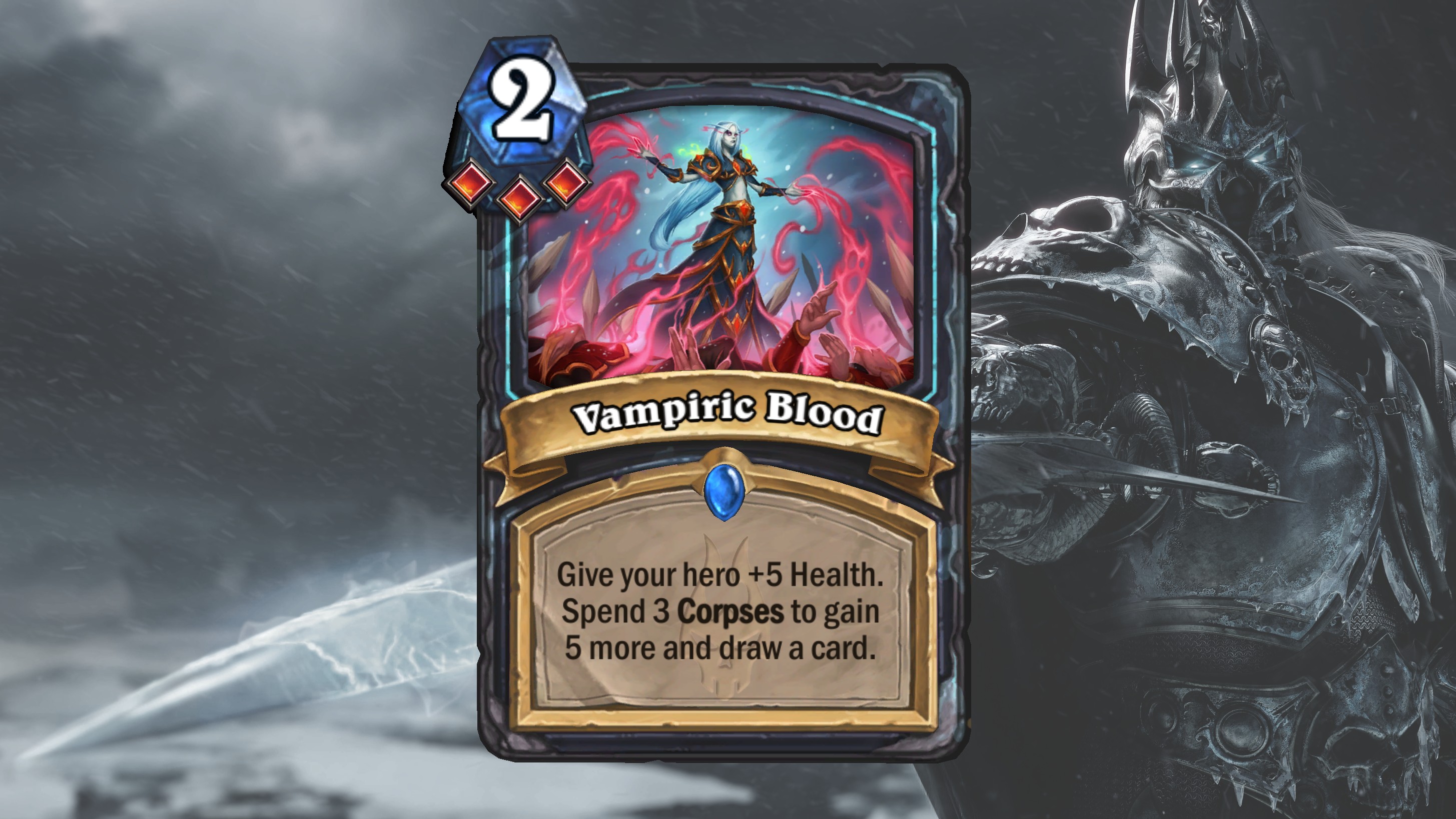




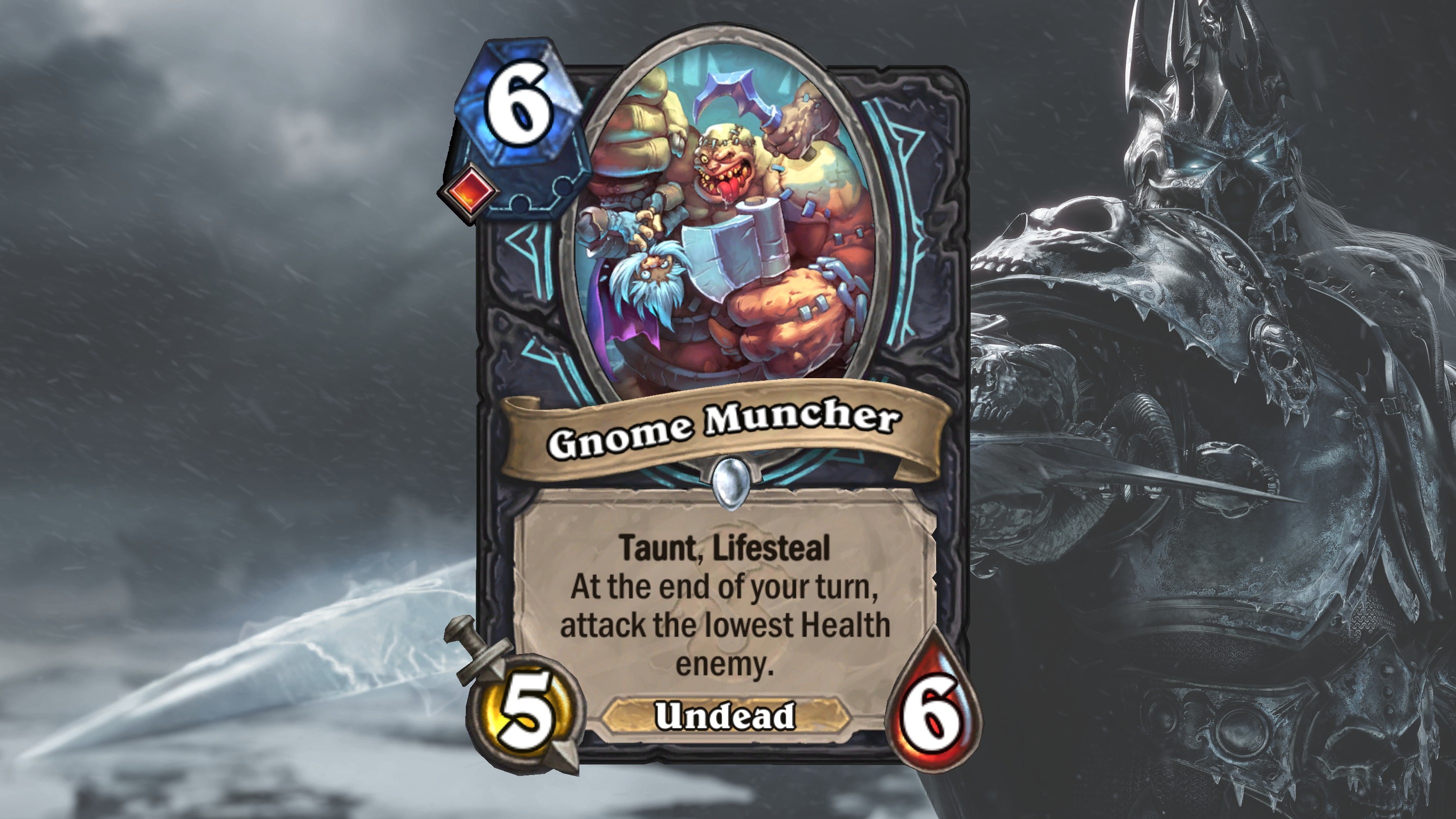








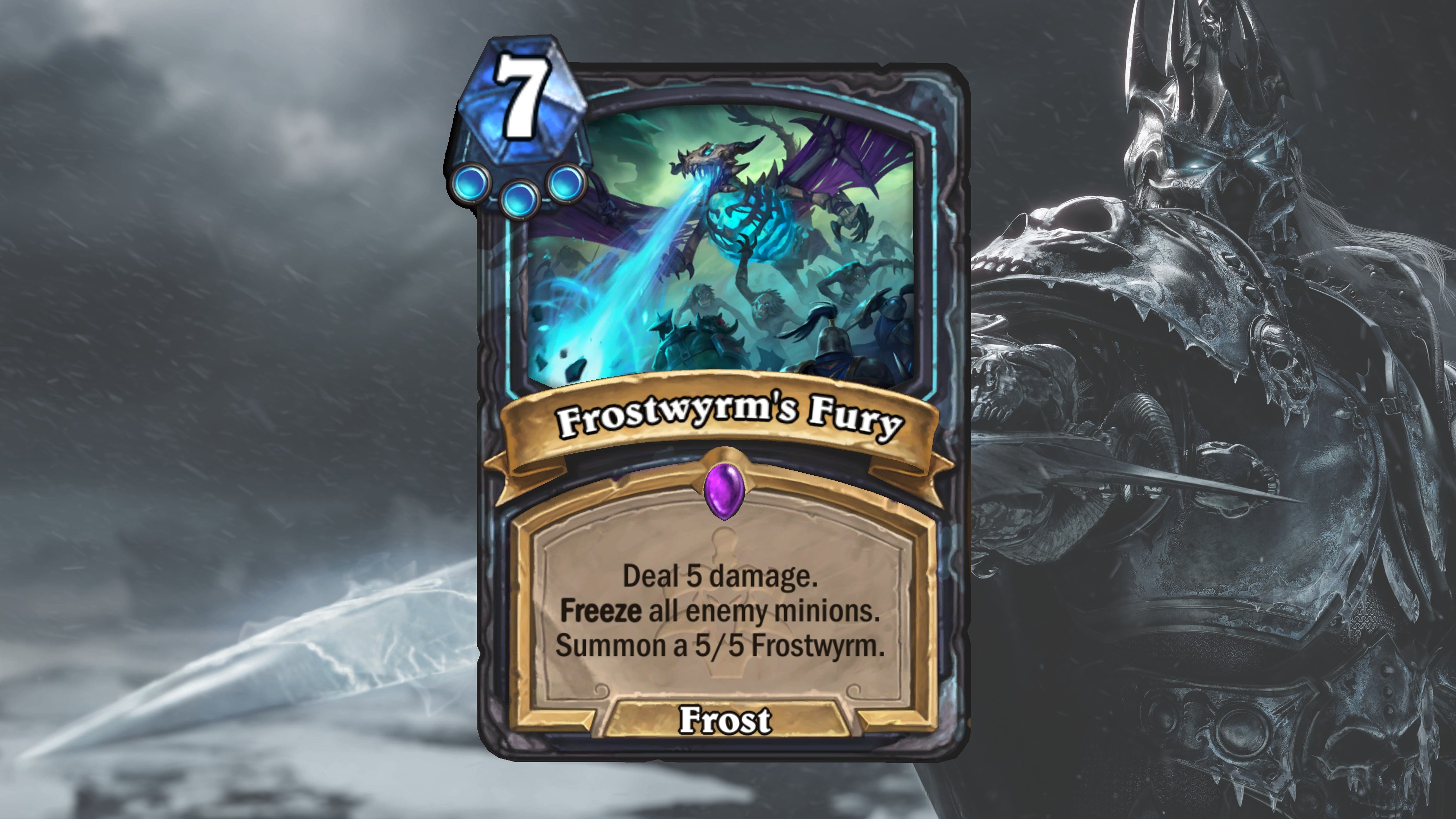










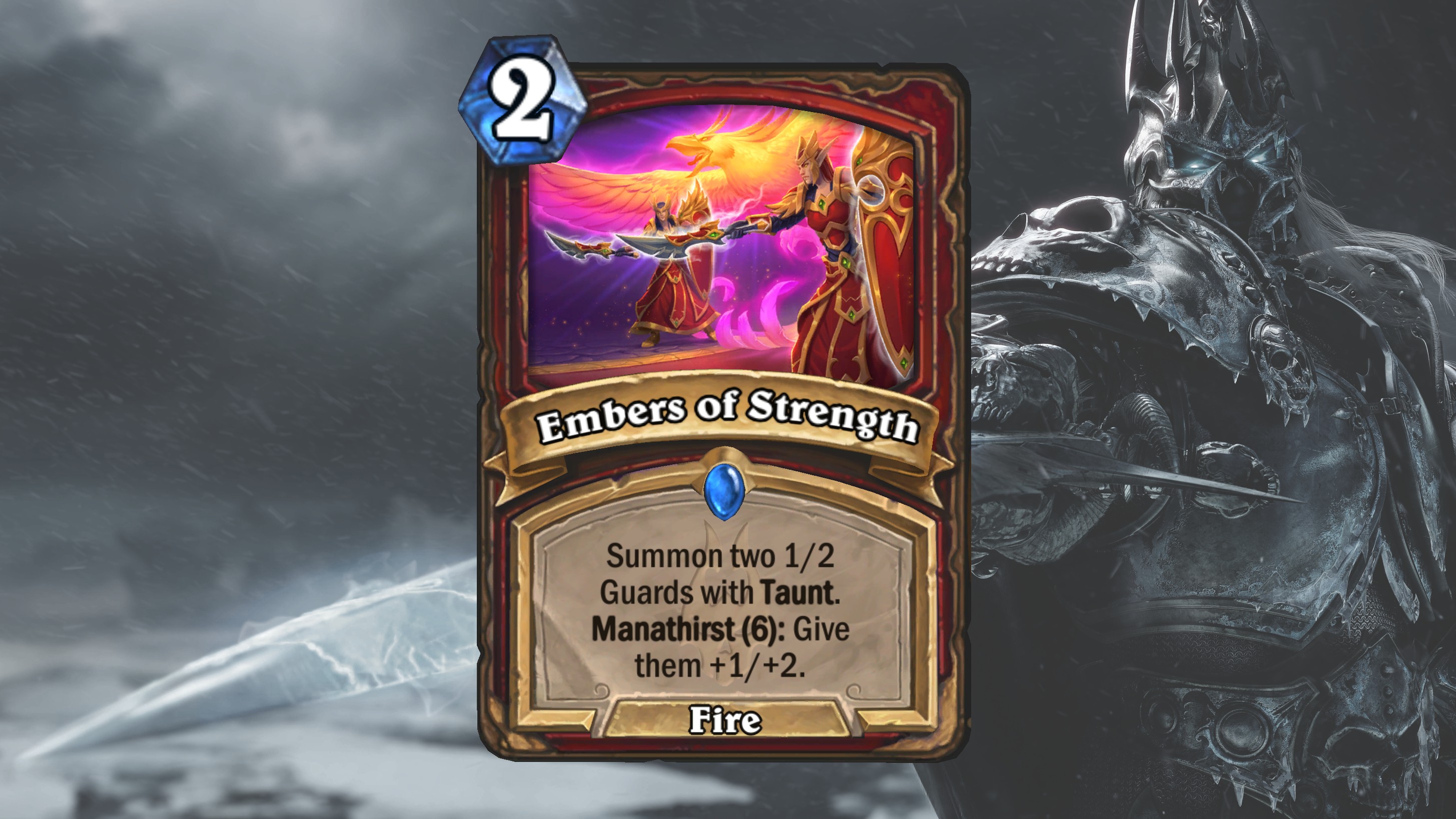
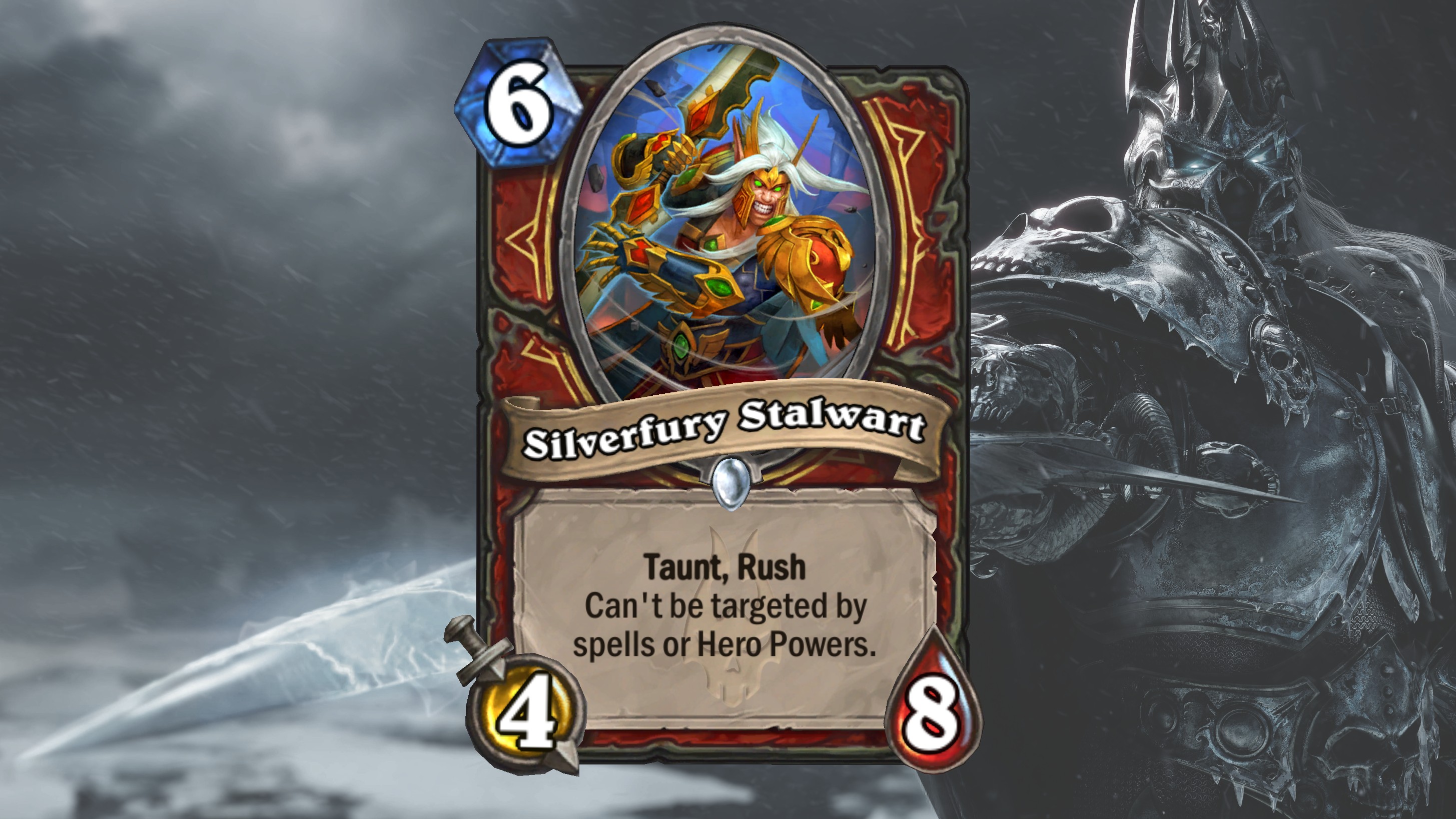









Honestly, it sounds pretty head-scratching when written down, but having had a chance to mess around with the cards for a whole day, once you start building a deck the logic fell into place quite quickly. It also helps if you're familiar with 'splashing' colours from Magic: The Gathering. On my recent visit to Blizzard HQ I definitely sensed some trepidation mixed with excitement at how such a fundamental shift is going to be received. To better explain exactly how runes work, and give you a sense of some powerful Death Knight synergies, I asked Ben 'Ridiculous Hat' Goodman to write a full explainer, which can be found here.
The biggest gaming news, reviews and hardware deals
Keep up to date with the most important stories and the best deals, as picked by the PC Gamer team.
Let the corpses hit the floor
I do want to quickly touch on the hero power, because obviously that's the heart of how any class functions. It's called Ghoul Charge, costs 2 Mana, and reads: "Summon a 1/1 Ghoul with Charge. It dies at the end of the turn." At a glance that might seem worse than Mage—a charging Ghoul can be blocked by Taunt—but what you need to understand about the Death Knight class is that it really thrives on stacking up dead bodies.

While playing as Death Knight, next to your Mana Crystals you'll find a new corpse counter. Whenever a friendly minion dies it will create a Corpse, which a number of Death Knight cards can then spend to generate powerful effects. For example, Army of the Dead is a 5-Mana, 2 Unholy rune spell that reads: "Raise up to 5 Corpses as 2/2 Risen Ghouls with Rush."
Or there's Corpse Explosion, a 5-Mana, 2 Blood rune spell that reads: "Detonate a Corpse to deal 1 damage to all minions. If any are alive, repeat this." Again, our explainer goes into much more detail, but suffice to say generating and then spending a sizable cache of cadavers is a key part of playing Death Knight.
The addition of a new class is the main talking point in March of the Lich King, but the expansion still comes with the usual gamut of new features and mechanics. Here are three highlights:
Manathirst is a new Keyword that makes cards more flexible

The other main thematic component of March of the Lich King is the Blood Elves and their insatiable love of slurping power from the Sunwell. In-game, this is represented in the form of cards which proc a bonus effect when you have a certain number of Mana crystals. For example, Sunfury Clergy is a neutral 3-Mana 2/4 minion that reads: "Battlecry: Restore 3 Health to all friendly characters. Manathirst (6): Restore 6 Health instead." Note that Manathirst cards don't cost you additional Mana, you just need to have the amount of Mana stated in order to proc the effect.
Undead is being added as a minion type and dual tags are now possible

Knights of the Frozen throne is coming back for a month
March of the Lich King is not the first time ol' frosty fingers has appeared in Hearthstone. He actually debuted as a legendary minion in Knights of the Frozen Throne, alongside a Death Knight-themed hero card for each class. So what better way to build anticipation for the new expansion than by bringing that whole set back to Standard and temporarily giving players all the cards for free? (There might be better ways, but to be clear that is what's happening.) Starting from today the likes of Deathstalker Rexxar and [gulp] Prince Keleseth are again legal in Standard. For a look at the 20 best cards coming back head here.
Before we close, I imagine the question you really want to ask is: exactly how OP will Death Knight be at launch? Based on my one-day sample size, I will say that I don't expect Blizzard to have to nerf it in the first 24 hours, as happened with Demon Hunter. Death Knight has powerful synergies, but nothing that looks quite as ludicrous as Skull of Gul'dan for 5 Mana did. Instead, Death Knight gets a suite of cards that feel like a gigantic chocolate box to explore (though it should be noted that many of these confections do contain a lot of corpsemeat). My one concern is that the triple-rune variants may prove a little obvious to build, although with so much complexity being added to the game, having some plug-and-play decks isn't a terrible thing.
March of the Lich King will be released on December 6, and as usual there are various pre-order bundles to pick from.
With over two decades covering videogames, Tim has been there from the beginning. In his case, that meant playing Elite in 'co-op' on a BBC Micro (one player uses the movement keys, the other shoots) until his parents finally caved and bought an Amstrad CPC 6128. These days, when not steering the good ship PC Gamer, Tim spends his time complaining that all Priest mains in Hearthstone are degenerates and raiding in Destiny 2. He's almost certainly doing one of these right now.


